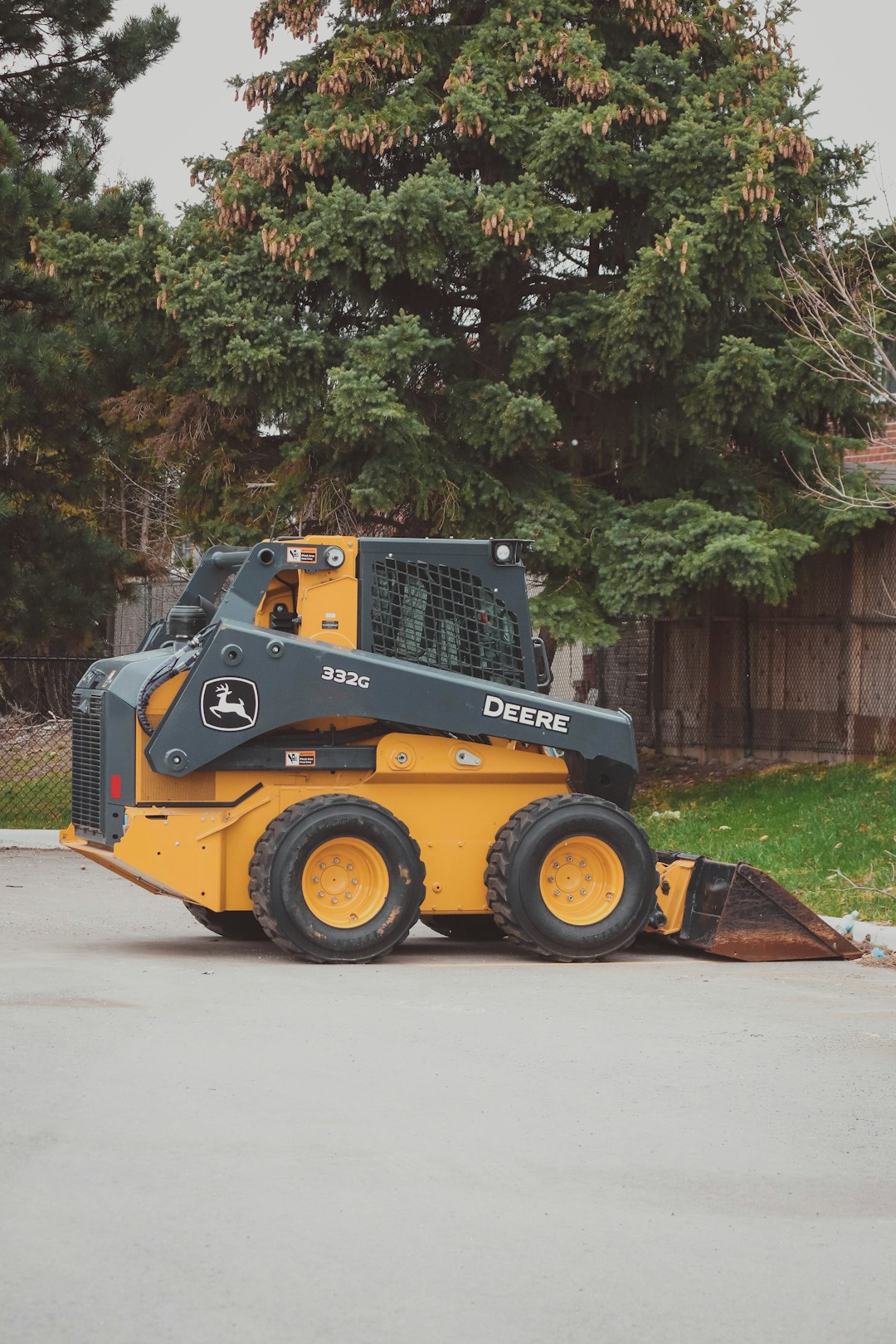
When it comes to building a sturdy foundation for your construction project, proper preparation of the ground is crucial. In Vancouver BC, slab on grade foundations have gained popularity due to their cost-effectiveness and durability. However, to ensure the success of your project, you need to pay close attention to the slab on grade preparation process. In this article, we will guide you through the essential steps of preparing the ground for your slab on grade construction.
Site Evaluation and Excavation
Before you begin your slab on grade preparation, it is imperative to evaluate the site thoroughly. This step involves checking the soil conditions, assessing the groundwater level, and identifying any potential issues that may affect the foundation’s stability. Consulting with a geotechnical engineer can be immensely helpful in determining the exact requirements for your specific location in Vancouver BC.
Once you have evaluated the site, the next step is excavation. Excavation involves the removal of the existing topsoil and any unsuitable materials. This process ensures a level and compacted surface for the placement of your slab on grade. Remember to excavate deeper to allow for the thickness of both the slab and the required underlying layers.
Proper Compaction and Grading
After excavation, the ground needs to be adequately compacted and graded. Compaction involves the use of heavy machinery to compress the soil, reducing any voids or air pockets. This step is crucial for preventing future settlement issues and ensuring the stability of your foundation.
Grading, on the other hand, involves shaping the ground to promote proper drainage. It is vital to slope the soil away from the building to prevent water from pooling around the foundation. Adequate grading helps prevent water damage and potential erosion, which could compromise the stability of your slab on grade.
Installation of Vapor Barrier and Insulation
To protect your slab on grade from moisture and temperature fluctuations, the installation of a vapor barrier and insulation is essential. A vapor barrier is a sheet of plastic that prevents moisture from seeping up into the slab. It acts as a protective layer and helps maintain the integrity of your foundation.
Insulation is necessary to minimize heat loss and prevent the slab from absorbing the cold ground temperatures. This is especially crucial in Vancouver BC, where the climate can be quite chilly. By installing insulation, you create a thermal barrier that increases the energy efficiency and comfort of your building.
Placing Reinforcement and Pouring Concrete
Before pouring the concrete, it is vital to incorporate reinforcement into your slab on grade. This reinforcement, typically made of steel bars or wire mesh, adds strength and stability to the foundation. It helps distribute the load evenly and reduces the risk of cracking or failure.
When pouring the concrete, it is crucial to ensure that it is of the right consistency and free from any impurities. This is where working with an experienced contractor in Vancouver BC becomes essential. They will have the expertise to properly pour and finish the concrete, taking into account the specific requirements of your slab on grade.
Curing and Maintenance
Once the concrete is poured, it needs to be properly cured to achieve maximum strength and durability. Curing involves maintaining the optimal moisture and temperature conditions for the concrete to properly set. This process typically takes several days, and it is crucial to follow the recommended curing techniques to ensure a strong foundation.
After the initial curing, it is important to regularly inspect and maintain your slab on grade. Look out for any cracks or signs of settling, and address them promptly. Regularly cleaning and sealing the slab can also prolong its lifespan, protecting it from wear and tear.
Final Thoughts
Proper slab on grade preparation is vital for the success of your construction project in Vancouver BC. Taking the time to evaluate the site, excavate, compact, grade, install a vapor barrier and insulation, place reinforcement, pour concrete, and properly cure and maintain your slab will ensure a sturdy and durable foundation. Remember, consulting with professionals and following best practices are crucial for achieving the desired results.